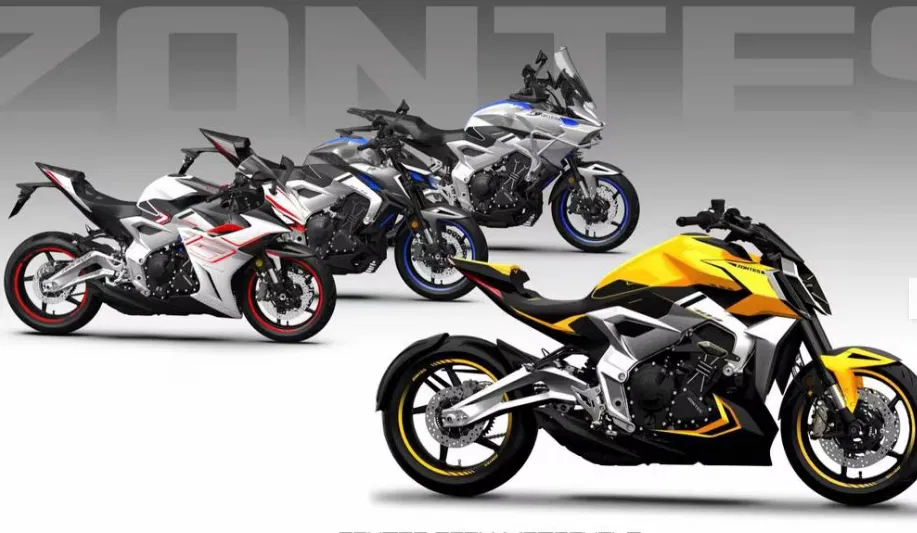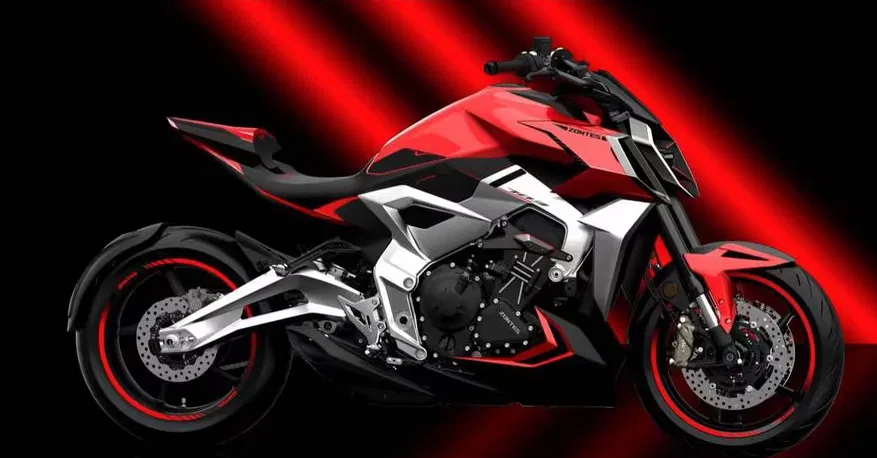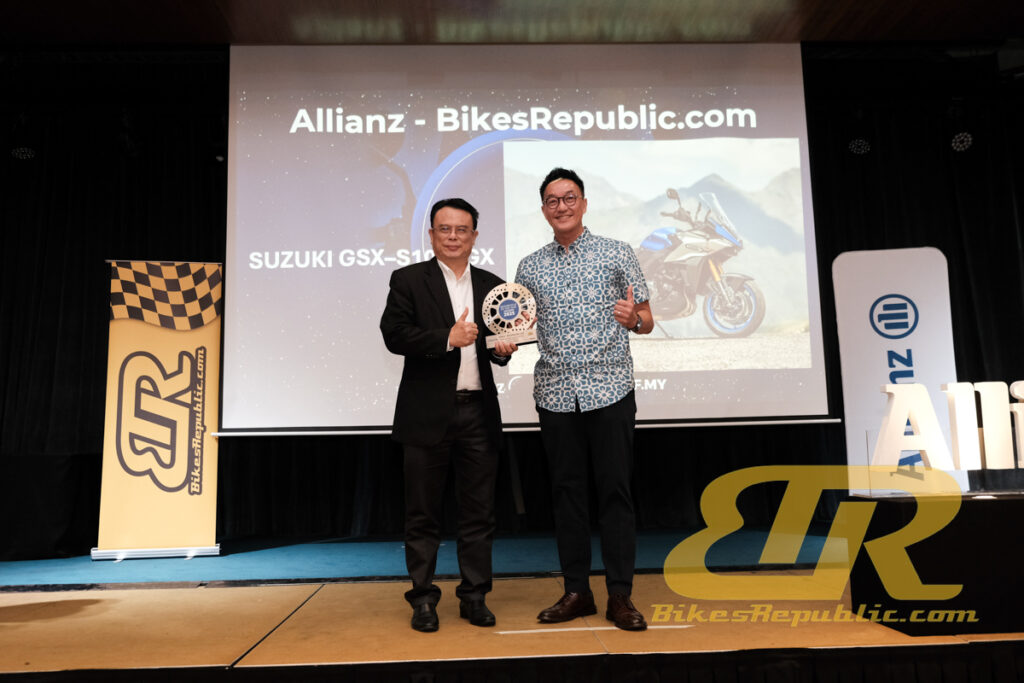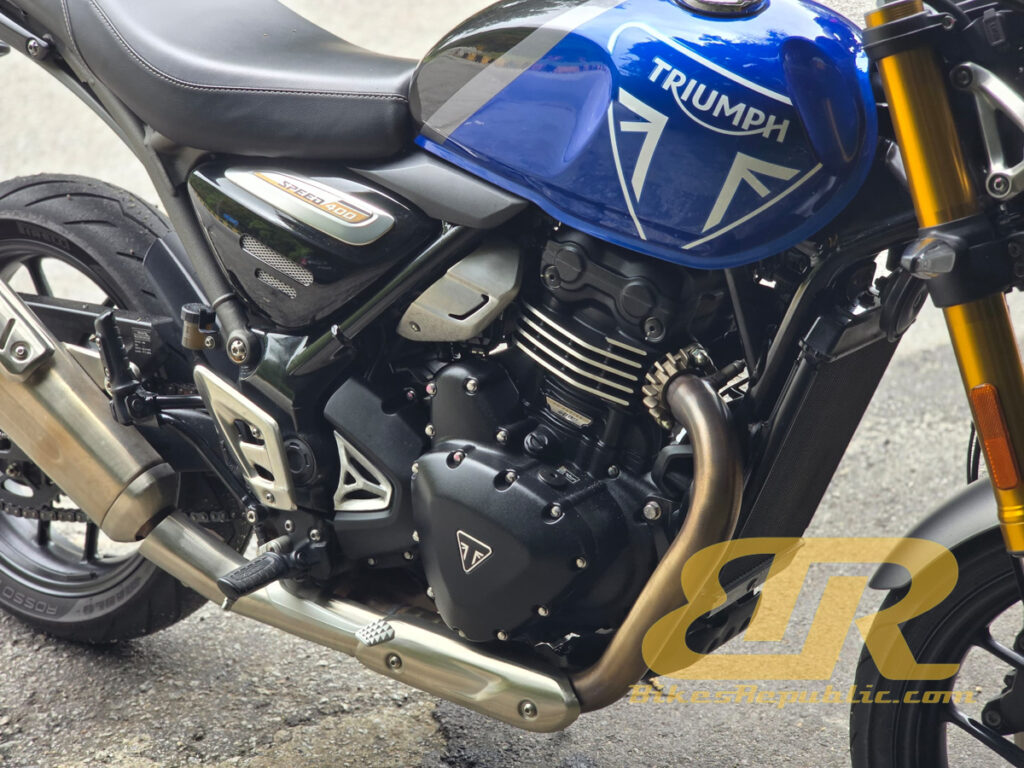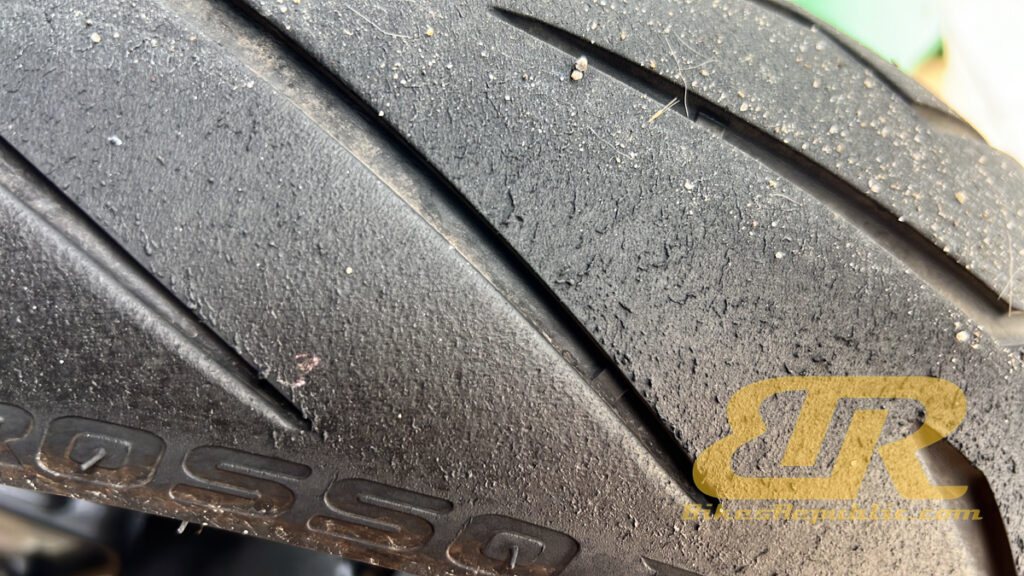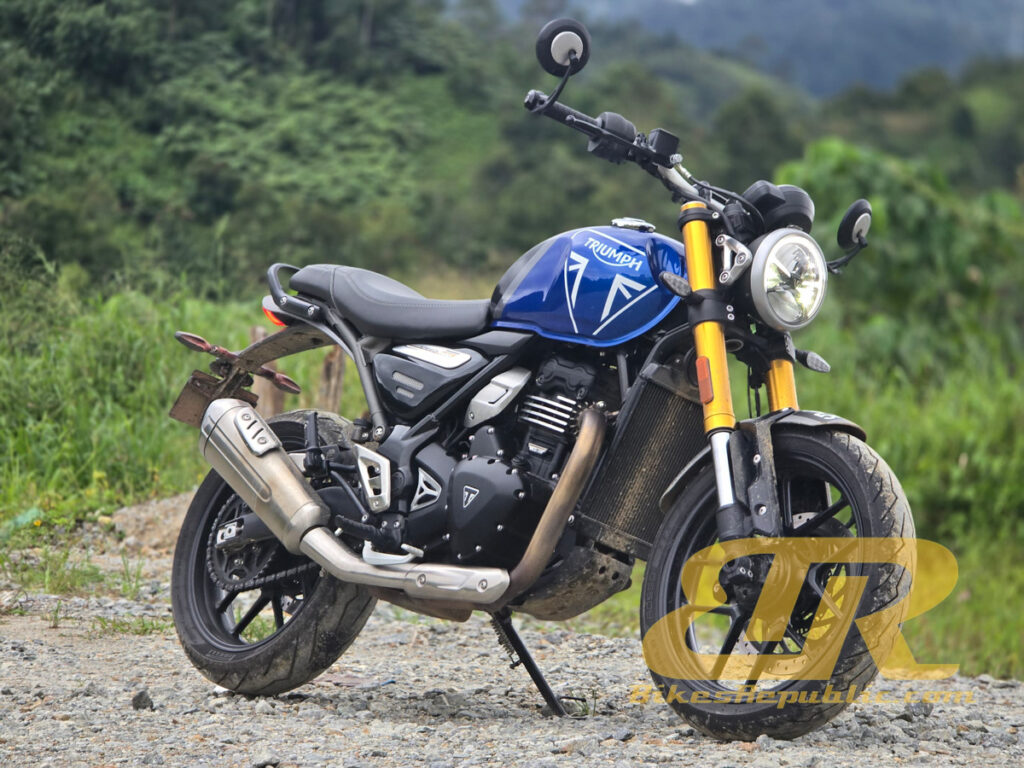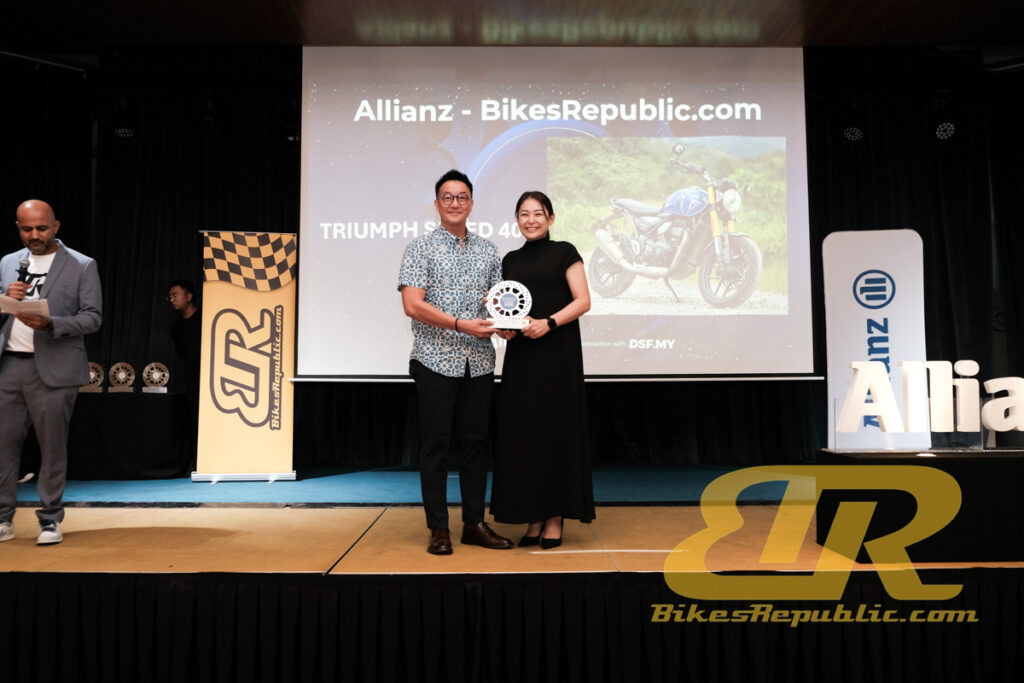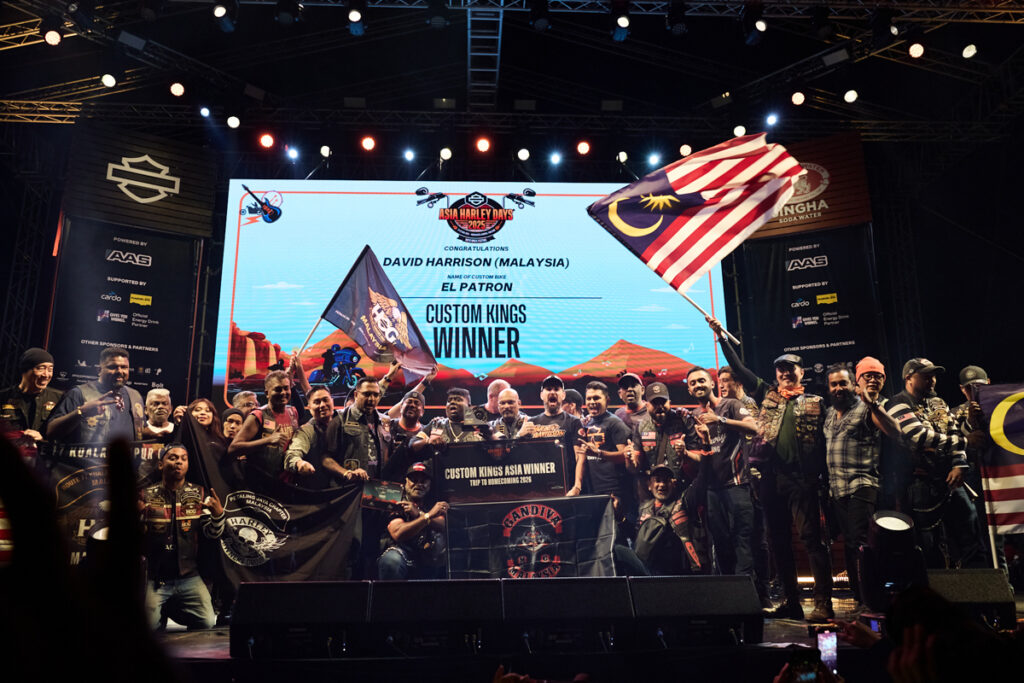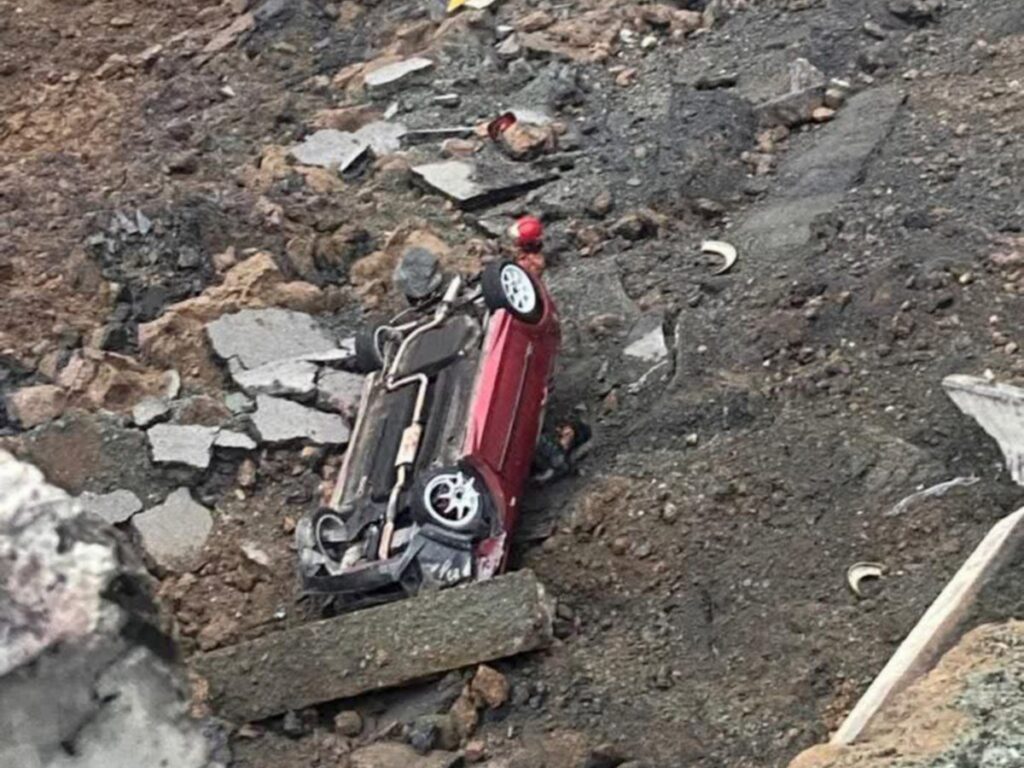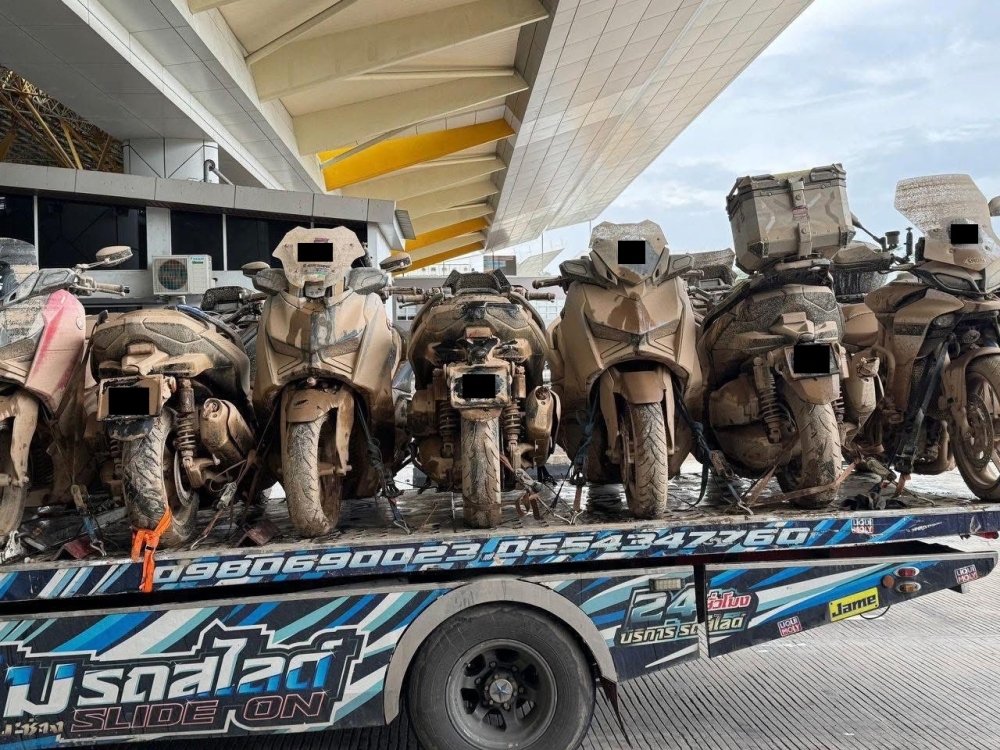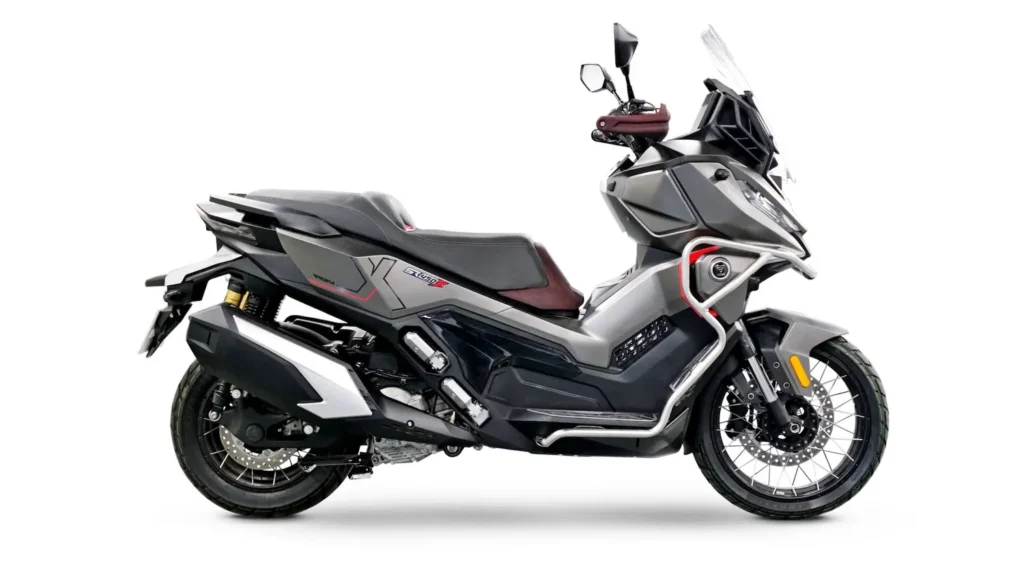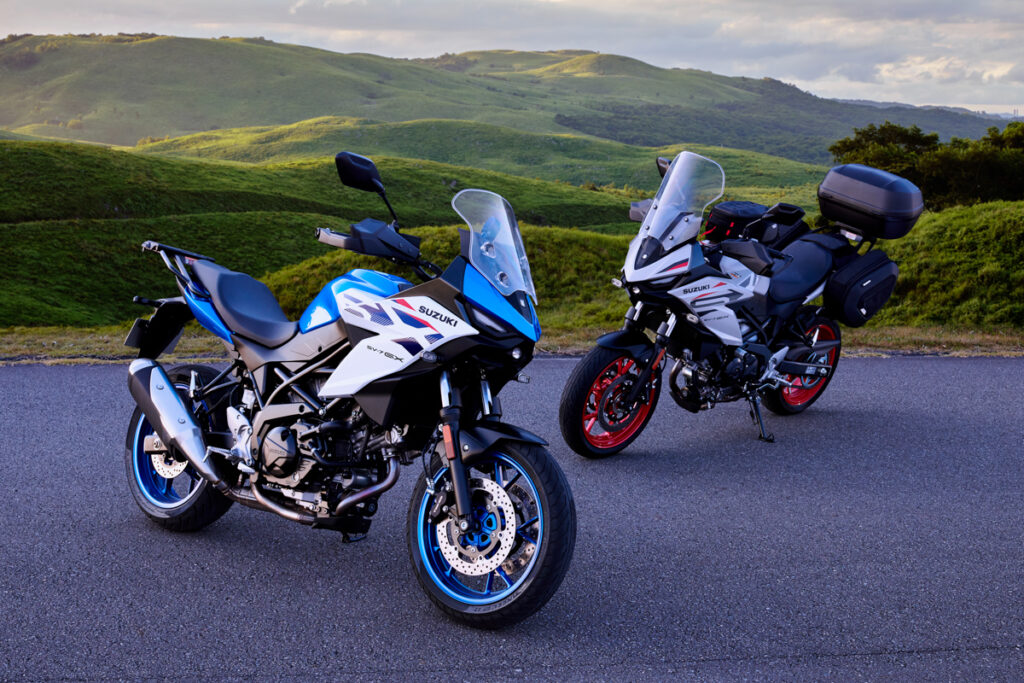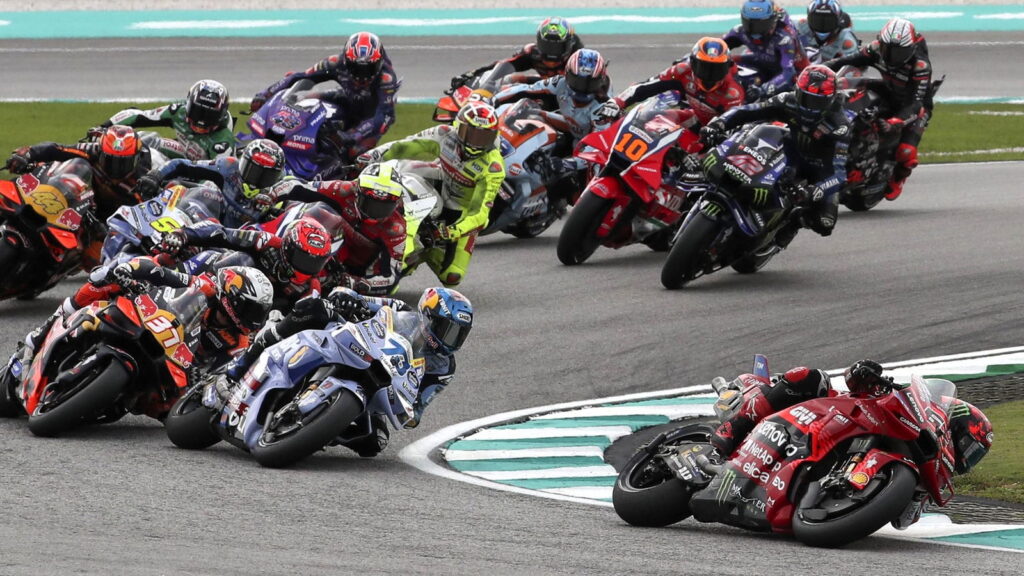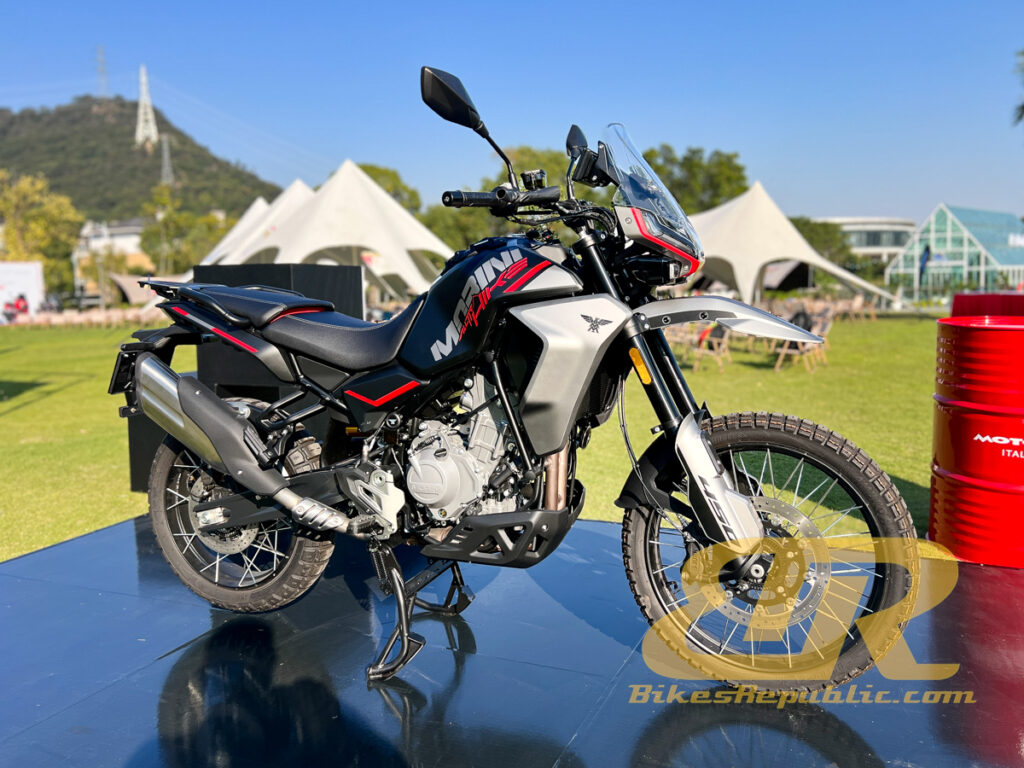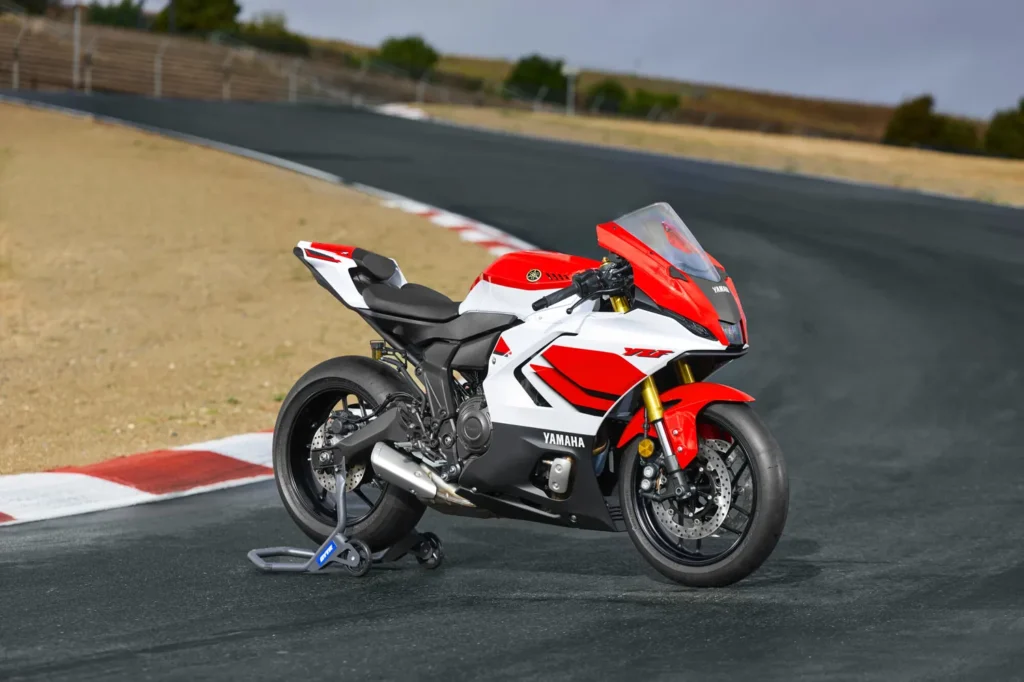Seperti yang telah kami sebutkan sebelumnya, segmen motosikal pengembaraan di Malaysia sedang mencapai kemuncak tertinggi, terutamanya dengan lebih banyak model baharu yang memasuki arena ini. Salah satu model yang dilancarkan hari ini (27 Februari 2025) ialah VOGE DS900X.
DARIPADA SIARAN MEDIA MFORCE SDN. BHD.
Pasaran motosikal pengembaraan Malaysia menyambut penambahan baharu yang menarik dengan pelancaran VOGE DS900X. Diperkenalkan oleh MForce Bike Holdings Sdn. Bhd., model yang sangat dinanti-nantikan ini berharga RM49,998 (tidak termasuk cukai jalan dan insurans) dan kini boleh didapati di semua pengedar sah MForce di seluruh negara.
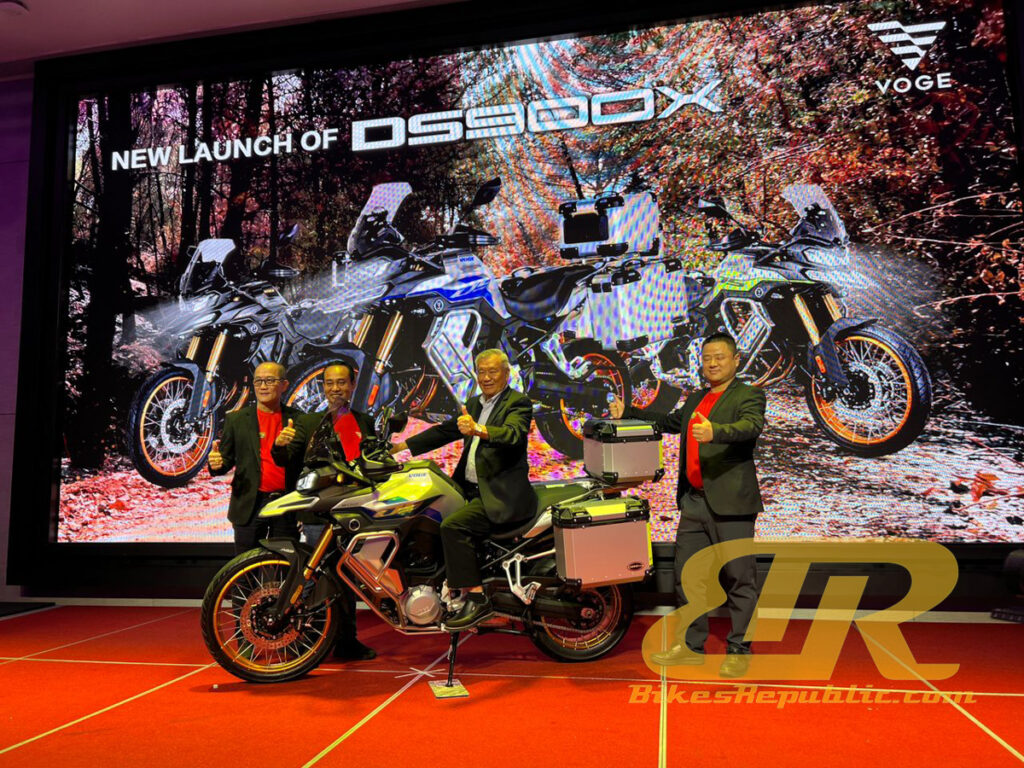
VOGE DS900X boleh didapati dalam tiga warna menarik: Aviator Blue, Lime Green, dan Matt Black.
Dikuasakan oleh enjin 895cc dwi-silinder, empat lejang dan lapan injap. Mesin ini menghasilkan kuasa yang mengagumkan sebanyak 70kW pada 8,250rpm dan tork maksimum 95Nm pada 6,000rpm. Dengan nisbah mampatan 13.1:1, penyejukan cecair, dan sistem suntikan bahan api elektronik yang canggih, VOGE DS900X mencapai keseimbangan sempurna antara kuasa dan kecekapan, menjadikannya sesuai untuk pelancongan jarak jauh dan pengembaraan luar jalan.
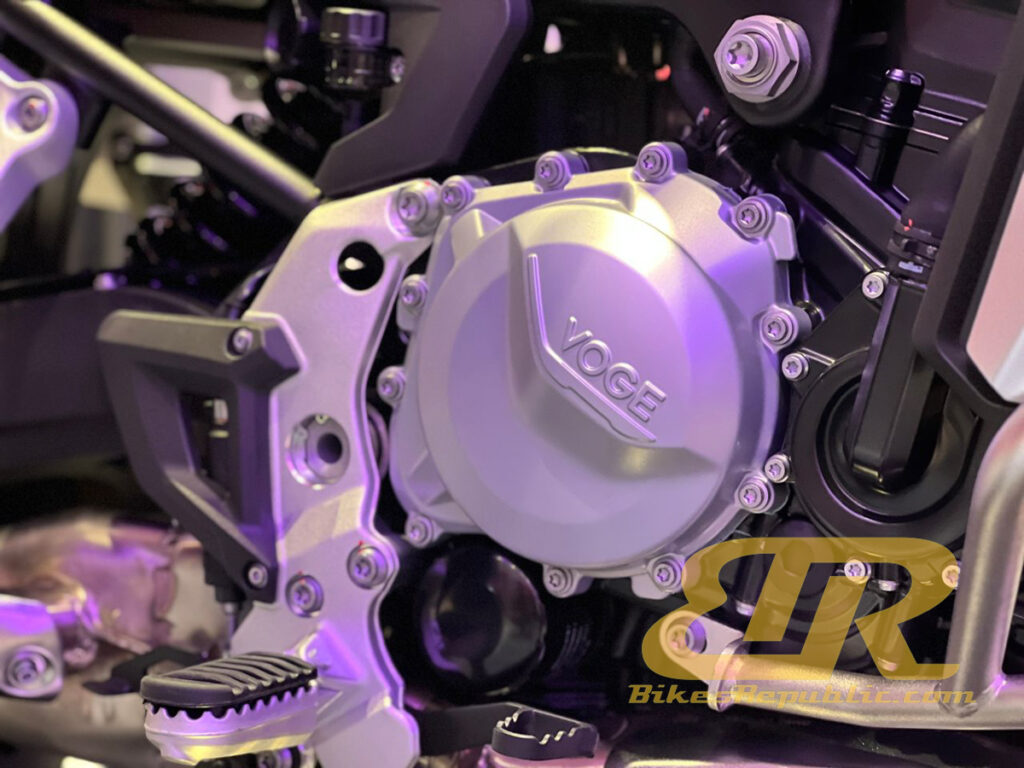
Dilengkapi dengan fork teleskopik terbalik, penyerap kejutan monoshok di bahagian belakang, dan lengan ayun aluminium yang direka secara unik, VOGE DS900X memastikan kestabilan dan kawalan yang luar biasa di pelbagai jenis permukaan. Sistem breknya menampilkan brek cakera kembar Brembo dengan ABS, berukuran 305mm di diameter di bahagian depan dan satu cakera 265mm di bahagian belakang, memberikan kuasa memberhentikan yang unggul walaupun dalam situasi kecemasan.
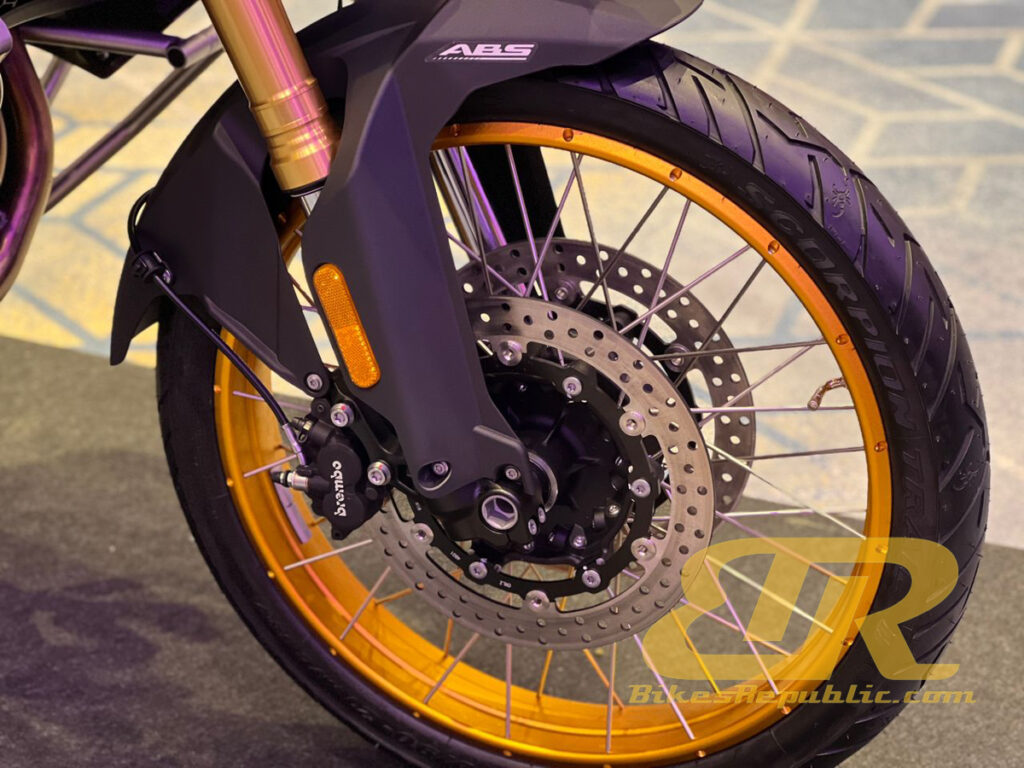
VOGE DS900X menggunakan roda spoke tanpa tiub berukuran 90/90-21 inci di bahagian depan dan 150/70-17 inci di bahagian belakang, memastikan daya cengkaman yang luar biasa di jalanan yang mencabar.
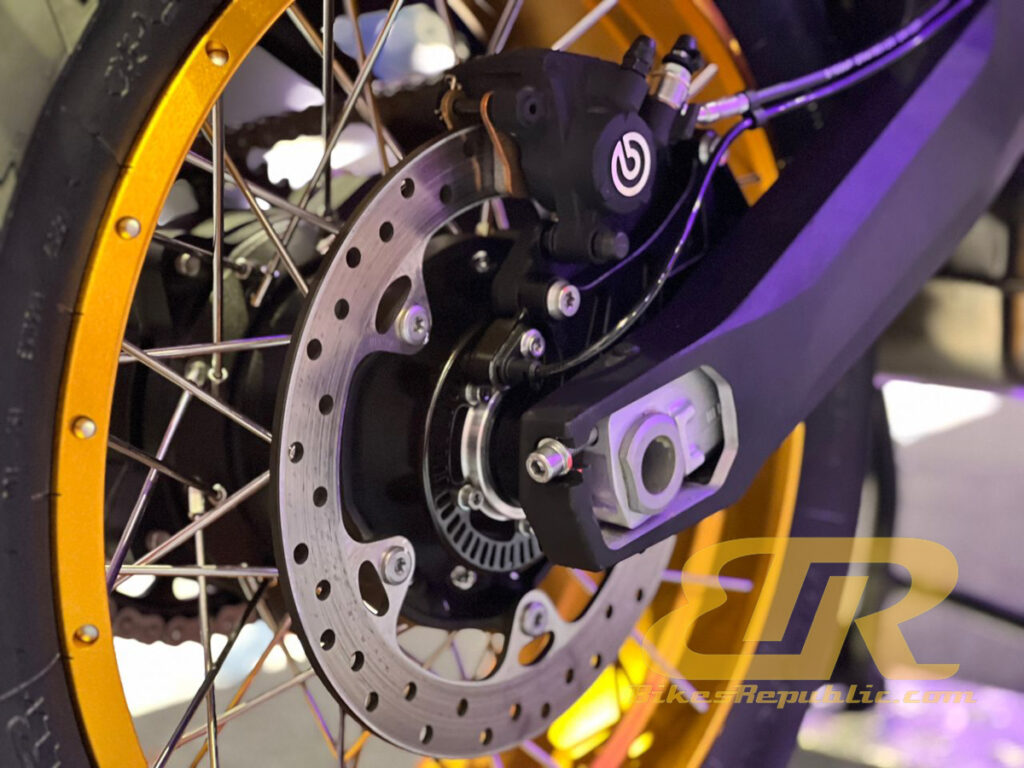
Selain prestasi yang mengagumkan, VOGE DS900X dilengkapi dengan ciri-ciri premium yang direka untuk keselesaan, kemudahan, dan pengalaman menunggang yang lebih baik. Penunggang boleh menukar antara empat mod menunggang iaitu Rain, Road, Sport, dan Enduro, membolehkan mereka menyesuaikan diri dengan pelbagai keadaan jalan dengan lancar.
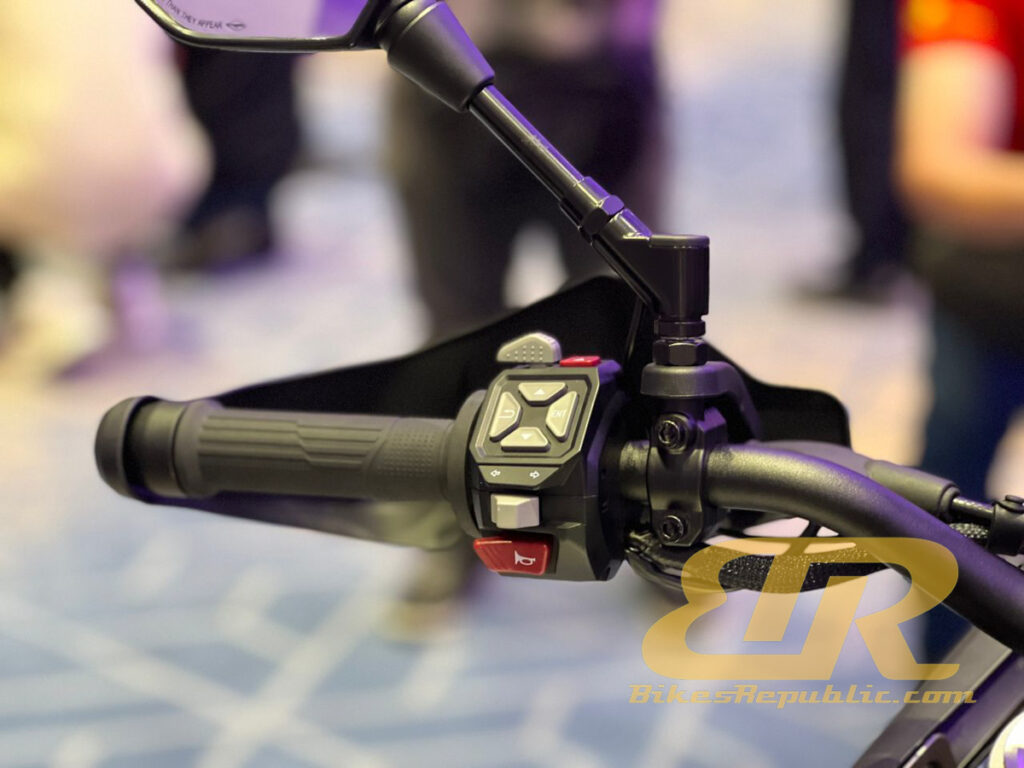
Menambah lagi keupayaan dinamiknya, VOGE DS900X dilengkapi dengan sistem quickshifter yang membolehkan peralihan gear tanpa klac untuk pecutan yang lebih lancar dan pantas. Teknologi ini meningkatkan kawalan dan responsif penunggang, menjadikan setiap perjalanan lebih mengujakan, sama ada di lebuh raya atau di kawasan berpermukaan kasar.
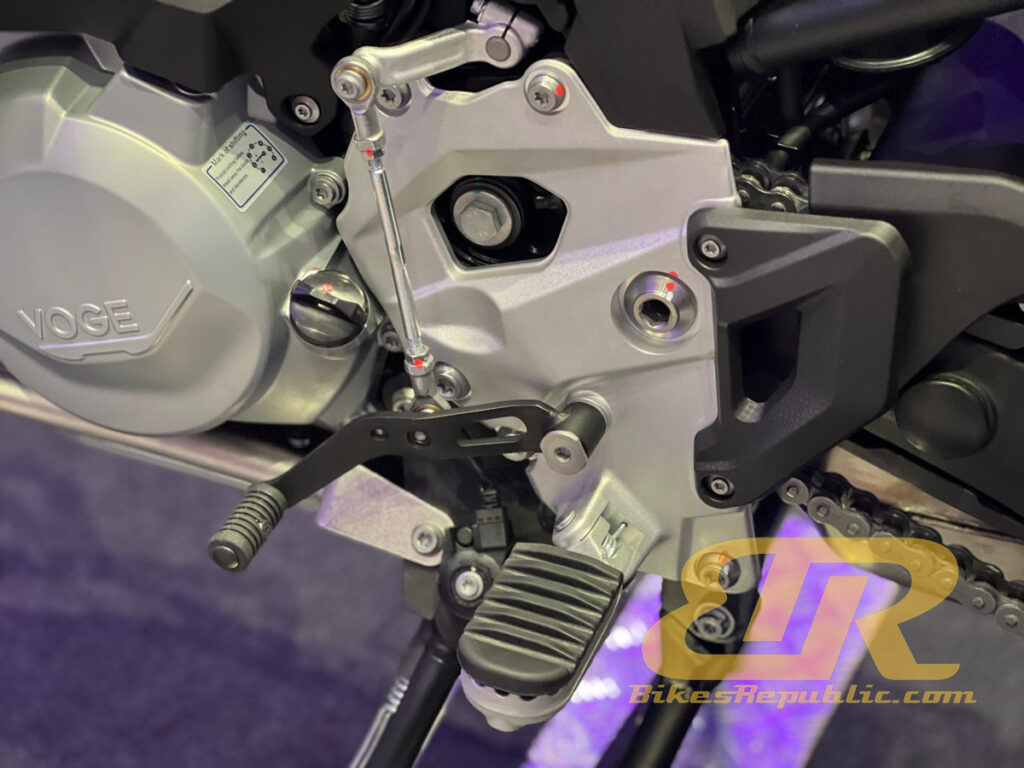
Motosikal ini juga dilengkapi dengan sistem kunci pintar yang membolehkan penghidupan tanpa kunci untuk kemudahan tambahan, manakala paparan TFT warna penuh 7 inci menyediakan akses yang jelas dan intuitif kepada maklumat penting semasa menunggang. Keselamatan turut ditingkatkan dengan sistem pemantauan tekanan tayar (TPMS), kawalan pelayaran automatik, dan kamera depan untuk rakaman berterusan serta meningkatkan keselamatan di jalan raya.
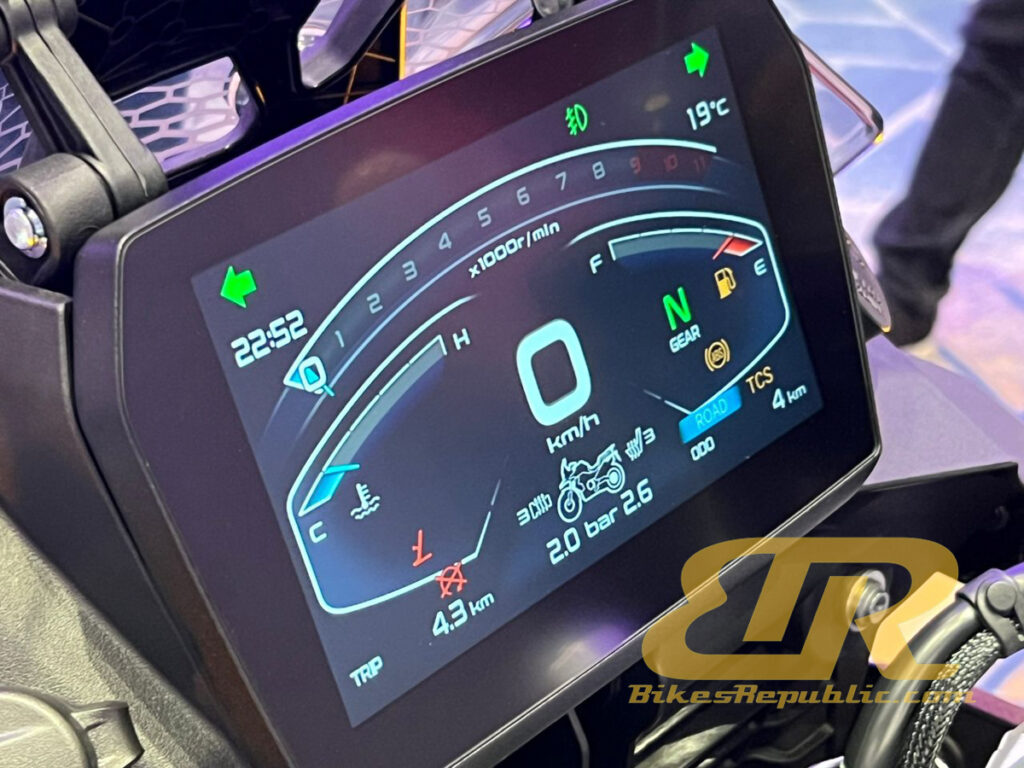
Untuk penglihatan dan keselamatan yang lebih baik, VOGE DS900X menawarkan lampu hadapan LED yang mewah, lampu belakang LED yang terang, lampu sorot, lampu hazard, dan sistem radar. Penunggang juga akan mendapat manfaat daripada port pengecasan USB berganda (Type-A dan Type-C) serta output kuasa 12V10A, memastikan peranti mereka sentiasa dicas sepanjang perjalanan.
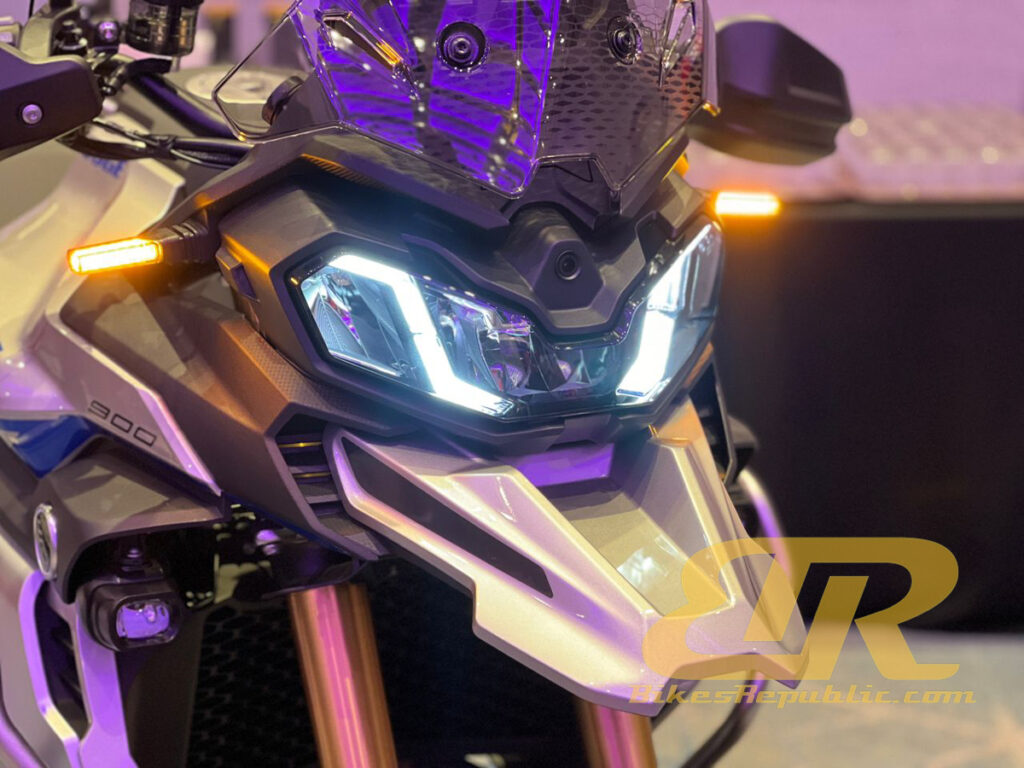
Perlindungan dan keselesaan adalah keutamaan dalam reka bentuk VOGE DS900X, yang dilengkapi dengan pelindung tangan VOGE yang kukuh, bar pelanggaran, pemegang berperingkat tiga yang boleh dipanaskan, tempat duduk yang boleh dipanaskan, dan rak belakang untuk kemudahan tambahan. Skrin angin boleh dilaraskan bagi meningkatkan lagi keselesaan menunggang, mengurangkan rintangan angin pada kelajuan tinggi.
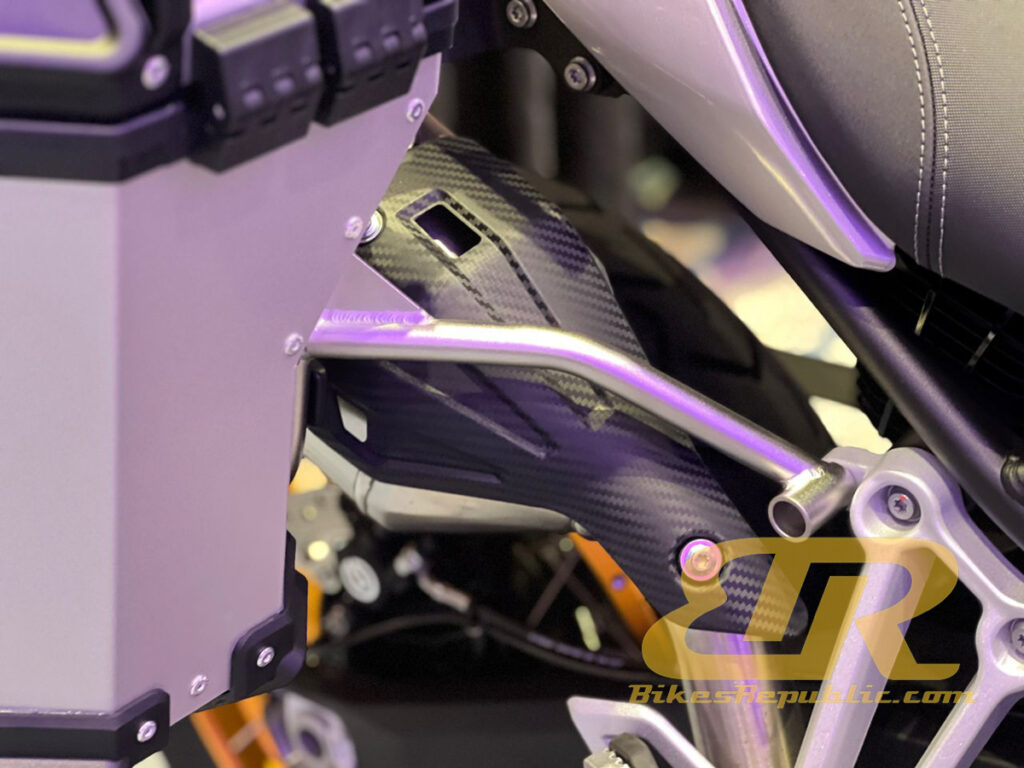
Direka untuk pelancongan jarak jauh, VOGE DS900X menawarkan kapasiti penyimpanan yang luas dengan tangki bahan api 17 liter, ekzos keluli tahan karat, dan sistem bagasi yang luas yang terdiri daripada kotak atas 45 liter dan dua kotak sisi 35 liter.
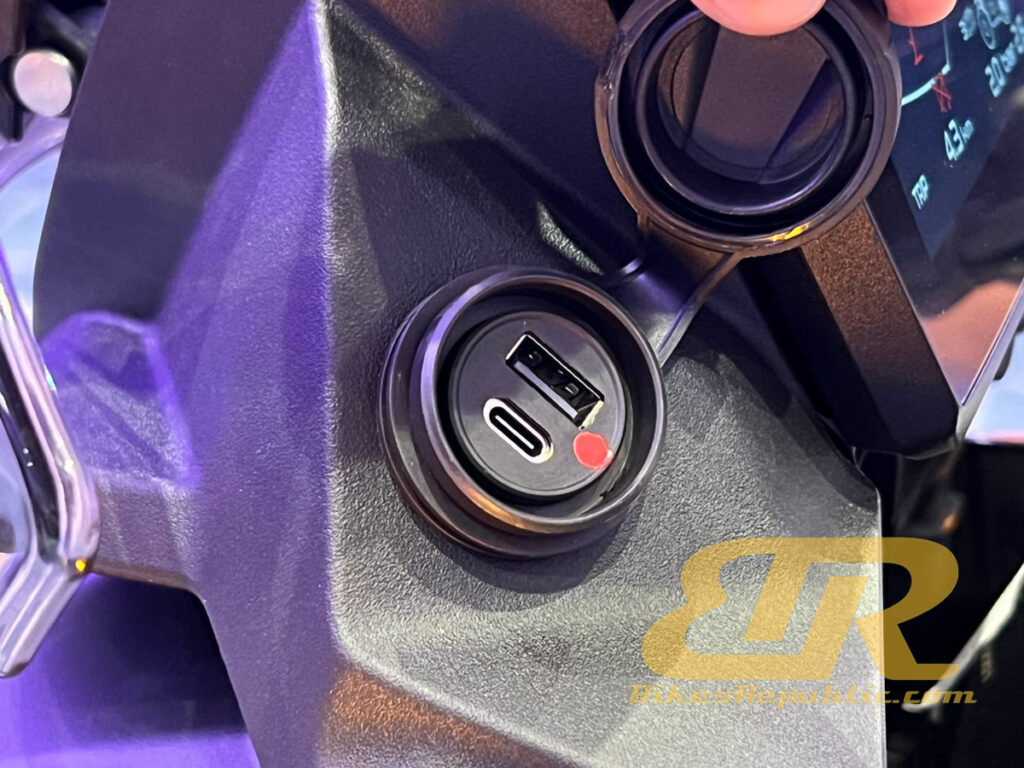
VOGE DS900X turut dilengkapi dengan sistem Side Stand Safety Switch, memastikan motosikal hanya boleh bergerak apabila stand sisi ditarik sepenuhnya. (Motosikal besar lain juga mempunyai ciri ini – Pengarang.)
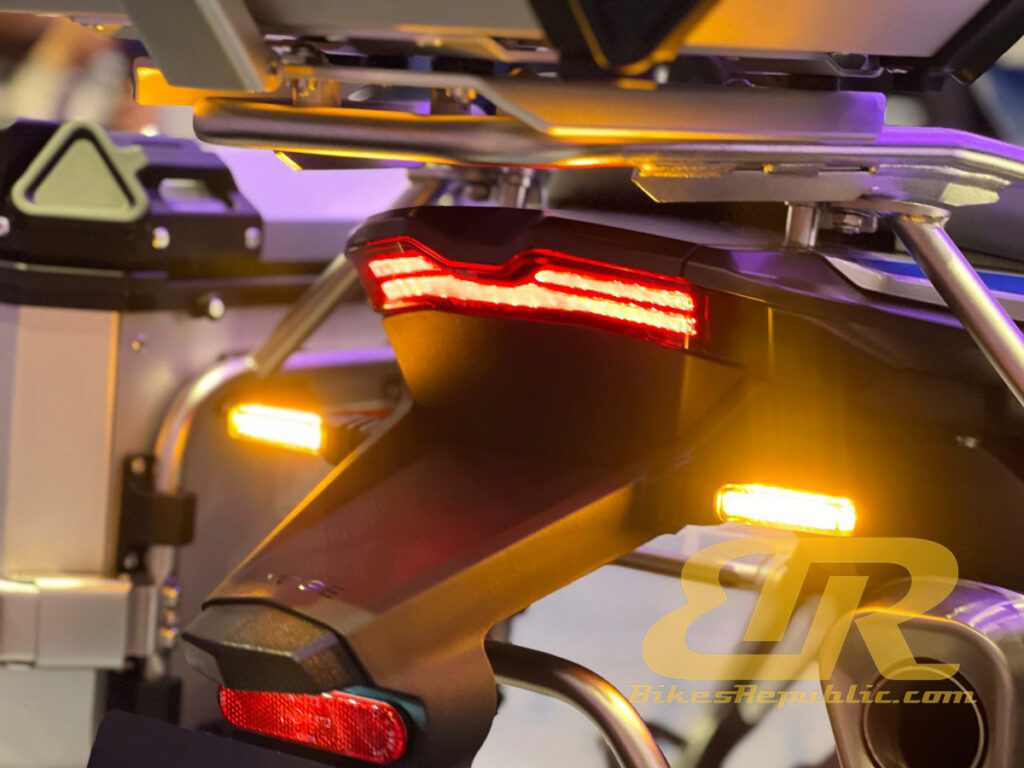
Dengan berat 222kg, ketinggian tempat duduk 835mm, dan jarak dari tanah 190mm, VOGE DS900X direka untuk ketahanan dan keselesaan. Mesin yang sedia untuk pengembaraan ini dibina untuk meningkatkan setiap perjalanan, sama ada di jalan raya terbuka atau di laluan yang kasar.
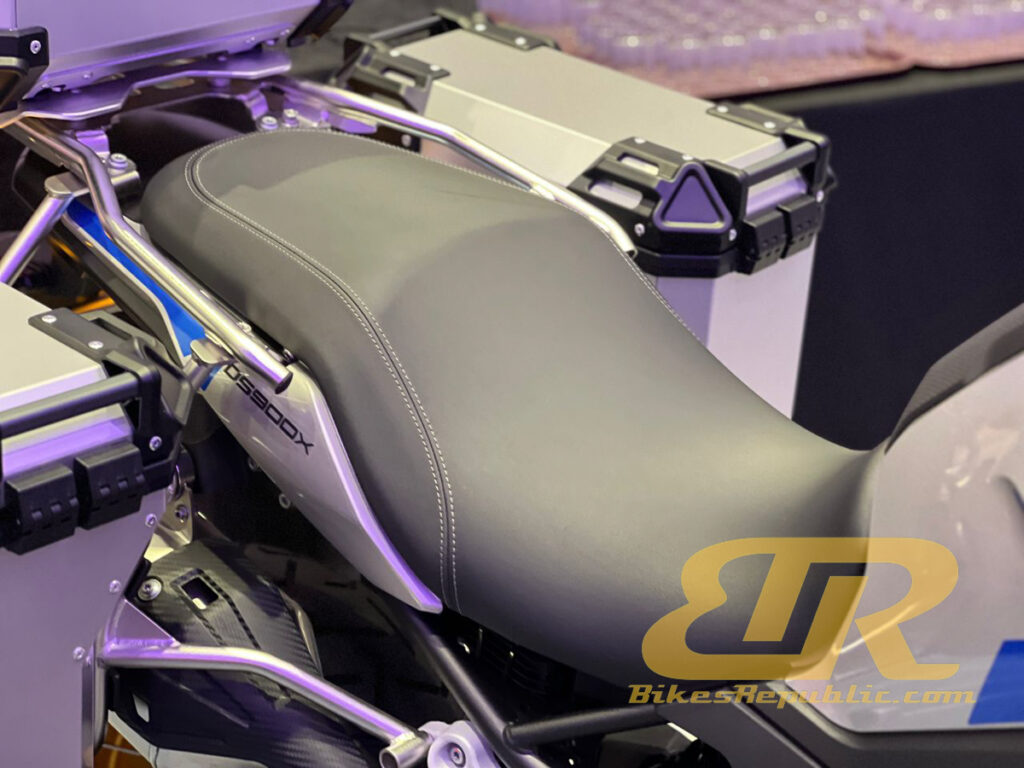
Dengan setiap pembelian VOGE DS900X, pelanggan akan menikmati waranti dua tahun tanpa had jarak perjalanan dan kemudahan membeli alat ganti asli secara dalam talian melalui VOGE Malaysia.
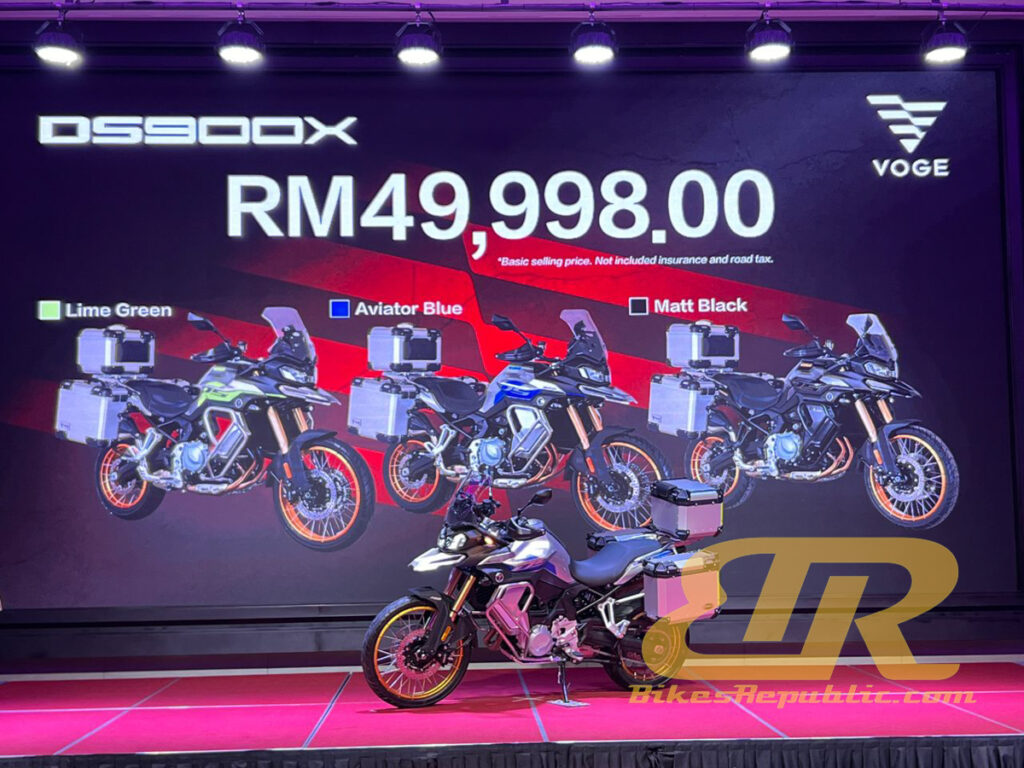
Galeri gambar
